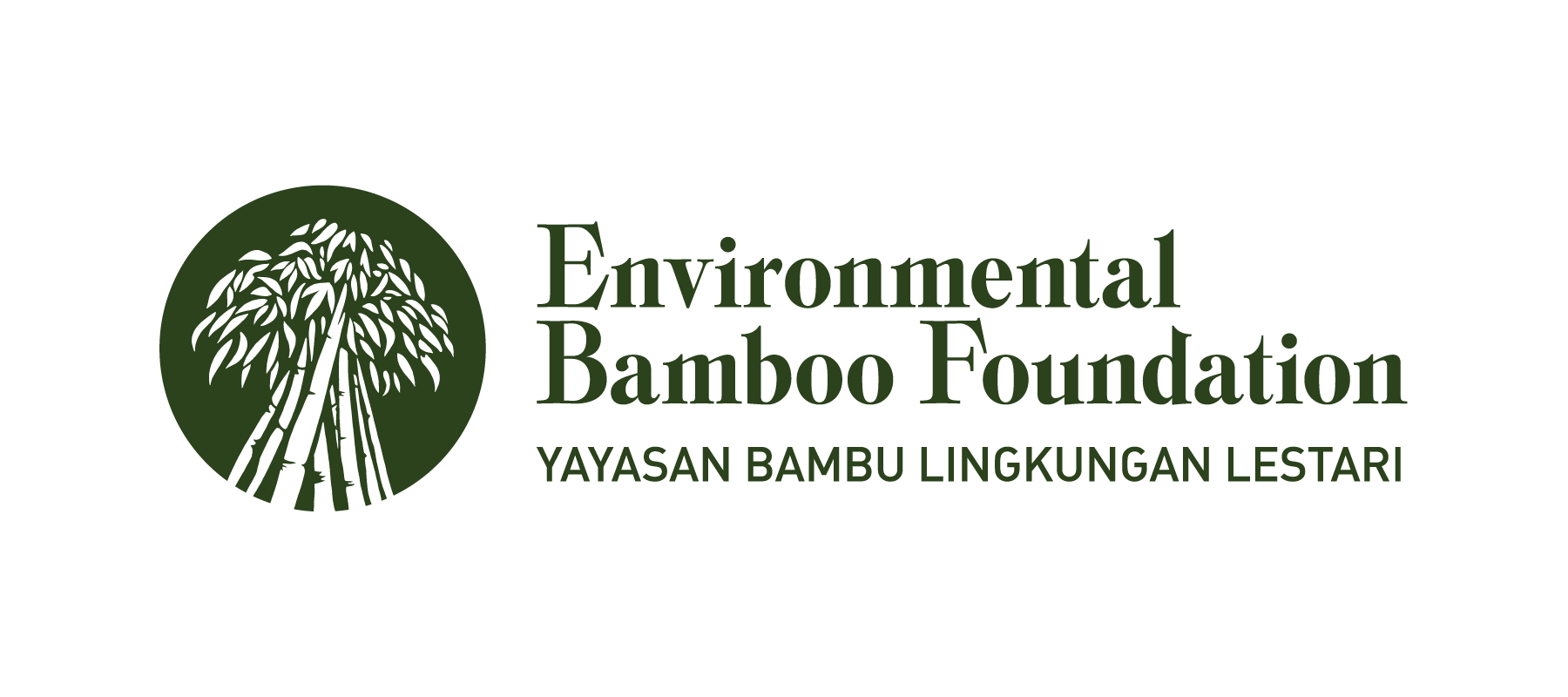Indonesia is one of the tropical area which its climate is generally experienced of two distinct seasons, rainy season and dry season. However, the beginning and end of each season is not always occurred at the same month on every year. Characteristics of hydrology variables, especially rainfall events, is strongly influenced by local and global climatic conditions. Thus it is important to identify how far the changes of global climate would effect the characteristic of the hydrology variables in a certain watershed. These informations will be valuable to determine the correct measures for the watershed’s development and management in the future. Kapuas River, one of rivers in Borneo, Kalimantan-Indonesia, has streamflow which is empirically changed during the last three decades. The changes of hydrological characteristics are analysed statistically based on rainfall data recorded at Supadio Rainfall and Meteorological Station-Pontianak. The monthly rainfall data were available from 1968-2013, while the daily rainfall data were available during 1981-2013. The 1968-2013 data were then used to analyze the trend of annual rainfall, while the 1981- 2013 were used to analyze the changes of hydrological characteristics. The results showed that the numbers of average annual rainfall is 3,206 mm, while the average monthly rainfall is 267 mm. During the 45-year period (1968-2013) the annual rainfall tends to decrease, but for the past 30 years it tends to increase. The number of rainy days during the past 30 years tends to increase. Whereas the rainfall intensity on short duration tends to decrease. Even though the availability of streamflow in the river during the past 30 years tends to decrease. It was proven based on observed streamflow in the tributary of Kapuas, Sekayam River. It was found that during 35 years (1978-2012) the availability of streamflow tends to decrease. It is, therefore can be concluded that hydrological characteristics of lowlands at Kapuas River has changed.
